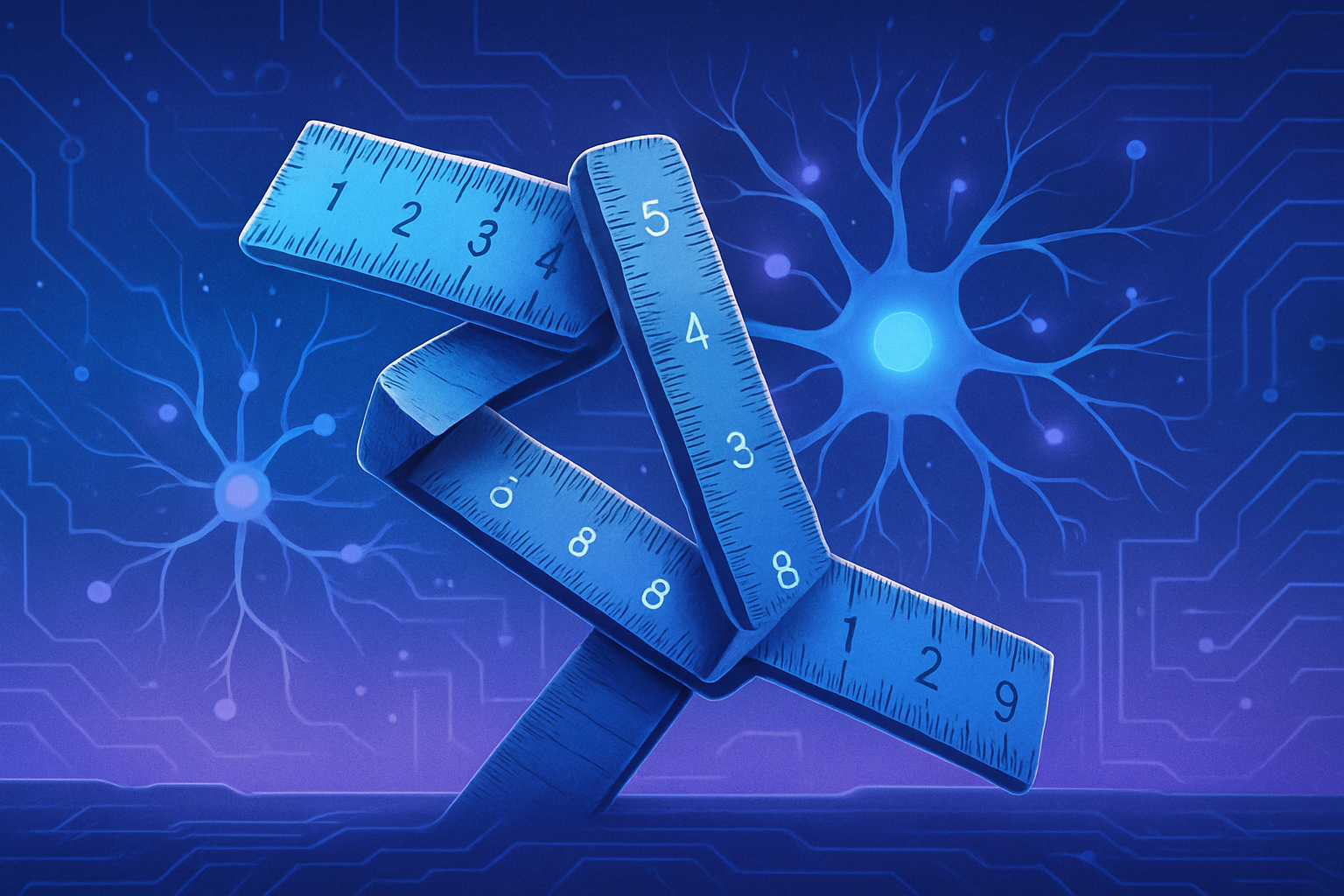The interconnection between physical objects and neural networks reveals fascinating perspectives. *A foldable ruler illustrates the inherent complexity* of how artificial intelligence architectures operate. Researchers at the University of Basel highlight *surprising mechanical models*, offering an unprecedented understanding of the mechanisms of deep networks. The learning and optimization dynamics of these structures become clearer through a bold analogy with fundamental physical properties. *The balance between non-linearity and noise* plays a decisive role in enhancing network performance.
Analysis of the foldable ruler in relation to neural networks
Deep neural networks are essential in the field of artificial intelligence. By relying on pattern recognition models, they enable systems like ChatGPT to perform various tasks, ranging from language understanding to object identification in images. The key lies in optimizing the parameters of artificial neurons during a training phase, allowing them to learn and execute specific tasks.
The simplified model by researchers
A team of researchers led by Prof. Dr. Ivan Dokmanić at the University of Basel recently developed an innovative model. This model reproduces the main characteristics of deep neural networks while allowing for the optimization of their parameters. The results of this research are the subject of a publication in the journal Physical Review Letters.
Structure of neural networks
The configuration of deep neural networks involves multiple layers of neurons. During learning, the classification of objects in images occurs progressively, layer by layer. This data separation process allows for an increasingly clear distinction between two classes, such as “cats” and “dogs.” According to Dokmanić, each layer of a high-performing network should fairly contribute to this data separation.
However, the role of different layers in this separation can vary. At times, deeper or shallower layers dominate the process. This phenomenon is influenced by the structure of the network, particularly whether the neurons perform “linear” or “non-linear” calculations.
The role of noise in learning
The training phase of networks often contains an element of *noise* or *randomness*. For instance, a random subset of neurons may be ignored during each training cycle, regardless of their contribution to the input. Surprisingly, this noise has the potential to enhance the overall performance of the network. Dokmanić emphasizes that the interaction between non-linearity and noise generates complex behavior that is difficult to grasp.
Mechanical model inspired by physical theories
To better understand these dynamics, Dokmanić and his team drew inspiration from mechanical theories. They designed macroscopic mechanical models that illustrate the learning process. One of these models includes a foldable ruler, with the individual sections corresponding to the layers of the neural network. When pulled at one end, non-linearity manifests through the mechanical friction of the sections.
Experimentation with the foldable ruler model
When the ruler is pulled slowly and steadily, the sections gradually unfold, while others remain almost closed. This behavior simulates a network where data separation occurs primarily in the shallower layers. Conversely, a fast pull accompanied by a slight movement generates a homogeneous distribution of deployment, emphasizing a network characterized by uniform data separation.
The researchers from Basel conducted simulations and mathematical analyses of similar models using blocks interconnected by springs. The results obtained display a striking agreement with those observed in real neural networks. The prospects of applying their method to large language models emerge as a promising avenue for deeper exploration.
Implications for the future of artificial intelligence
This mechanical model could, in the future, be used to improve the training of high-performing neural networks, bypassing the traditional trial-and-error method. The approach could thus facilitate the determination of optimal values for *parameters* such as noise and non-linearity. The results of such research offer a key to understanding the construction of increasingly capable artificial intelligence.
For more information on artificial intelligence and its evolution, check out these links on the alliance between AI and art (source), learning by soft robots (source), and AI-driven video analysis (source). Also, do not miss following news regarding Geoffrey Hinton, a pioneer of AI (source) and the evolution of LLMs towards a brain-like functioning (source).
Frequently Asked Questions about what a foldable ruler teaches us about neural networks
How can a foldable ruler model the functioning of neural networks?
A foldable ruler illustrates how the different layers of a neural network interact during the learning process, representing the sections of the ruler as layers of neurons that deploy under tension.
Why is non-linearity important in neural networks?
Non-linearity enables neurons to perform complex calculations, which is essential for making data separations that distinguish different classes of objects in images.
What role does noise play in the learning of neural networks?
Noise, integrated during the training phase, can paradoxically improve performance by allowing networks to better generalize and avoid overfitting.
How does the foldable ruler model help optimize the parameters of neural networks?
This model provides a more intuitive understanding of the mechanisms of learning and data separation between layers, thus facilitating the optimization of parameters without resorting to trial-and-error methods.
What practical insights can we gain from the analogy between a foldable ruler and a neural network?
We can apply mechanical concepts to adjust the learning process of networks, thereby improving their efficiency and overall performance in various artificial intelligence applications.
Do all layers of a neural network contribute equally to learning?
No, some layers may have a more significant impact on data separation, depending on their position and the type of calculations performed, as shown by the foldable ruler model.
How can the findings on the foldable ruler be applied to language models?
The discovered principles can be used to improve the learning of language models by optimizing how they process and separate textual data across their neural layers.
Why is understanding the separation of data between layers crucial for AI development?
Understanding how data is separated between layers helps design more effective and high-performing networks, which is essential for developing versatile artificial intelligence capable of solving complex problems.






